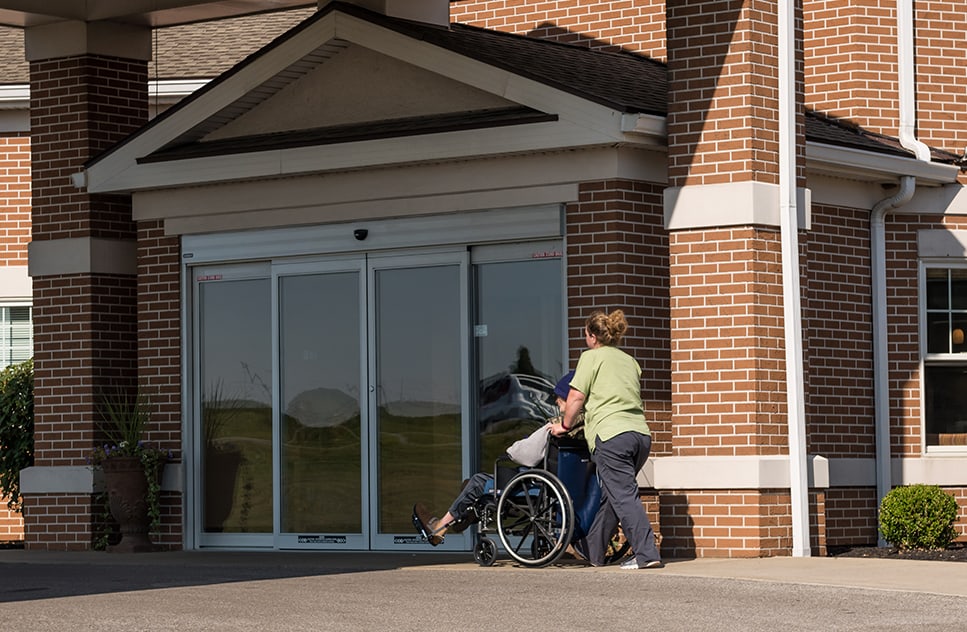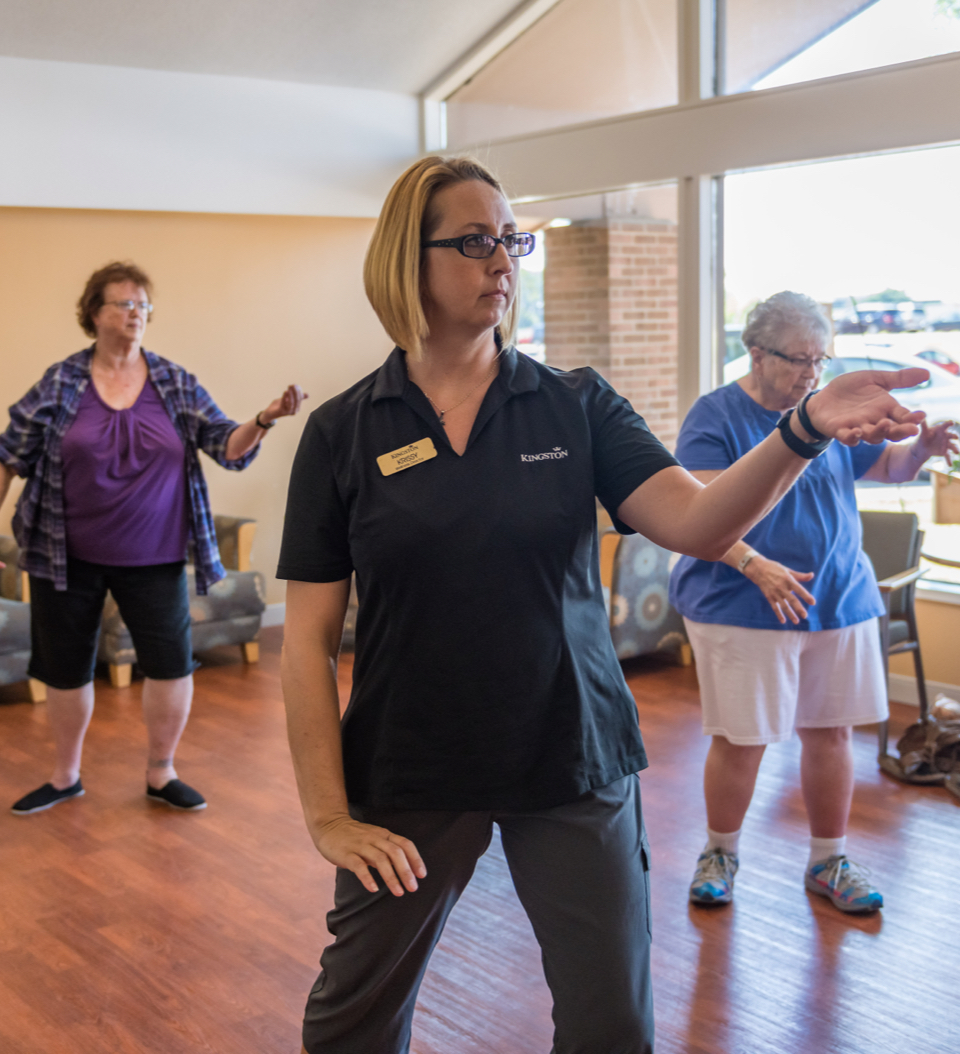Key Takeaways
- Recovery from hip replacement involves gradual improvements in mobility and comfort, with common symptoms like swelling, stiffness, soreness, and low energy in the early weeks.
- Most people recover daily function in 6-12 weeks, though full recovery can take longer depending on age, health, pre-surgery activity, and commitment to rehab exercises.
- Rehab is usually recommended after surgery and may include inpatient programs, outpatient sessions, or at-home exercises.
- Rehab supports recovery by managing pain, improving strength and flexibility, guiding safe use of mobility aids, and offering encouragement throughout the process.
- A structured rehab program includes walking practice, stretching, strengthening, and training for daily activities.
Hip Replacement and Rehab Recovery
Hip replacement surgery is one of the most common procedures for older adults. It helps restore comfort and mobility, even after years of discomfort. However, the road to independence takes time and the right team at your side. Recovery requires balance, movement, support, and more. That’s where rehab plays a role.
Hip replacement rehab speeds up recovery time by improving mobility, reducing pain, and helping people safely return to daily activities. With guided therapy, exercises, and monitoring, the process becomes more predictable and supportive. You can regain your independence over time—it just takes the right team.
What to Expect When Recovering from Hip Replacement
Recovery from a hip replacement involves gradual improvements in mobility, comfort, and independence. Many patients notice changes in their daily abilities week by week, but the process is different for everyone.
Typically, you can expect:
- Swelling and mild bruising near the incision site
- Stiffness in the hip joint, especially in the morning or after sitting
- Soreness or discomfort during movement
- Low energy as the body focuses on recovery
During the first weeks, it’s normal to have some restrictions, like avoiding heavy lifting or bending at certain angles. Walking may begin with the help of a walker or cane before transitioning to more independent steps. With rest, structured hip rehab, and gentle activity, most people notice gradual progress during this time.
How Long Does It Take to Recover from Hip Replacement?
For many patients, the average recovery timeline for hip surgery ranges between 6-12 weeks for most daily activities. Full recovery, including higher mobility levels, may take several months. While recovery can vary, several factors often influence how quickly someone regains strength and function.
These include:
- Overall health before surgery and the presence of other conditions
- Age and natural healing ability
- Activity levels and muscle strength before surgery
- Commitment to rehab exercises and physical therapy
- Following guidance from medical providers
When patients stay consistent with their hip recovery plan, many return to their daily activities sooner and with less discomfort. Rehab supports this process by giving structure and professional guidance.
Do You Go to Rehab After Hip Replacement?
In most cases, rehab is strongly recommended after a hip replacement. It’s often prescribed as part of standard care because movement and strengthening are critical to recovery.
Rehab can take different forms depending on the needs of each patient. Some people spend time in inpatient rehab, where therapy is more structured. Others attend outpatient sessions, often several times a week. At-home exercises may also be given to support progress between appointments.
Supervised physical therapy helps prevent setbacks and creates accountability. While some exercises can be done at home, professional guidance is key, as it offers reassurance that movements are safe and beneficial.
How Rehab Helps with Recovery from Hip Replacement
Rehab provides benefits that go beyond simple stretching or walking. It helps restore strength and range of motion while also supporting the healing process. It’s an excellent option that helps you preserve your independence and recover smoothly.

Rehab tends to offer:
- Pain management strategies that improve comfort during recovery
- Support in using mobility aids like walkers or canes safely
- Personalized programs that target strength and flexibility
- Emotional encouragement to keep patients motivated and consistent
When paired with regular follow-up appointments, rehab offers both physical and emotional support, making recovery smoother and more reliable. It can even often prevent complications like stiffness and poor balance in your daily life.
What to Expect from Rehab for Hip Recovery
Rehab typically follows a structured schedule. Sessions may take place multiple times per week, each lasting about 30-60 minutes. Goals often shift over time. In the early stages, they focus on reducing swelling, while later exercises concentrate on building strength.
Some common exercises in rehab include:
- Practicing safe walking on flat surfaces and stairs
- Gentle stretching to improve hip mobility
- Strengthening moves to support the hip joint
- Training for daily activities like sitting, standing, and getting in and out of bed
Therapists guide patients through targeted exercises that promote mobility, balance, and independence. By the end of your program, you should feel more confident in your ability to return to your daily routines. The support of a structured program helps patients continue making progress even after formal sessions end.
Talk to Our Team About Your Recovery Today
Recovering from a hip replacement doesn’t happen overnight, but with rehab, progress can be smoother and more manageable. Structured exercises, therapy, and guided care all help reduce pain and build independence.
At Kingston of Ashland, we believe recovery should be supported every step of the way. Our team is here to provide guidance and encouragement as you move through your recovery journey. Schedule a visit with our team today and take the next step toward your hip recovery.






